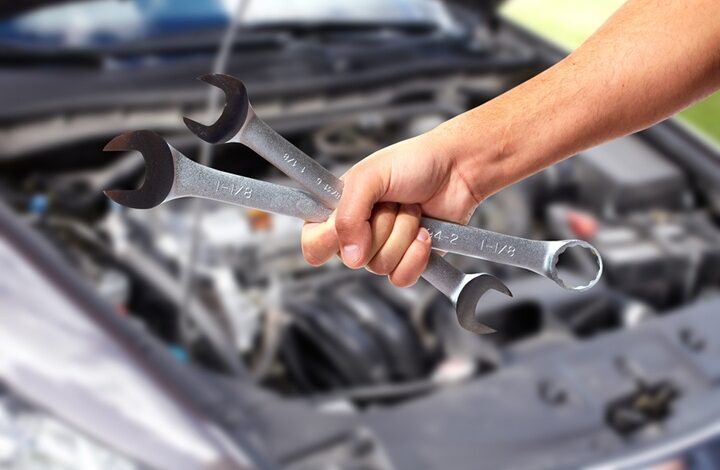Vehicle Repainting After Panel Repair: What Professionals Consider

Car accidents leave behind more than dents. They can scratch or tear the paint too. When panels are repaired the next step is repainting. The goal is to restore the vehicle’s look. The job must be done with care. Every step plays a part in the final finish.
Panel Surface Preparation
The surface must be clean and smooth. This is the base for repainting. Dust grease and old paint must be removed. Sanding is the most important step here. It helps new paint stick well. If this is done poorly the paint can peel. A smooth surface brings a better finish. Professionals take time during this stage.
Matching the Exact Color
Color matching is not easy. The right shade matters. Even a small difference will show. Professionals use digital tools for this. They scan the original paint. This gives the right formula. Some shades fade with time. So matching is not only about the code. Lighting also plays a role in this task. Experts check paint in different lights. Sunlight shows color flaws better. This ensures a seamless blend. A mismatch makes repairs stand out.
Choosing the Right Paint Type
Paint comes in different types. Each has its own benefits. Some dry faster than others. Some last longer. A professional checks the car’s make. The paint must match the factory type. This keeps the finish even. It also helps future touch-ups. Cheaper paint may fade fast. High-quality paint stays fresh longer. The goal is to match both look and feel. This step matters for resale value too.
Blending with Adjacent Panels
Just painting one area is not enough. The nearby panels must blend too. Professionals extend the paint slightly. This makes a soft transition. Without blending the repair looks harsh. The eye catches the difference fast. The Auto Repair in Reynoldsburg, OH focuses on this step. This helps them deliver factory-like results. Paint blending hides the repair lines. A flawless blend gives a new car look. This takes skill and patience.
Protective Finish and Curing
A clear coat goes on last. This layer seals the paint. It protects against sun and rain. Without it the color may fade fast. The clear coat also gives a shiny look. Once applied it needs time to cure. Curing lets the paint bond deeply. Some shops use heat to speed this up. Others let it dry naturally. Either way it must cure fully. This step adds strength to the paint job. A poor cure leads to early damage.

